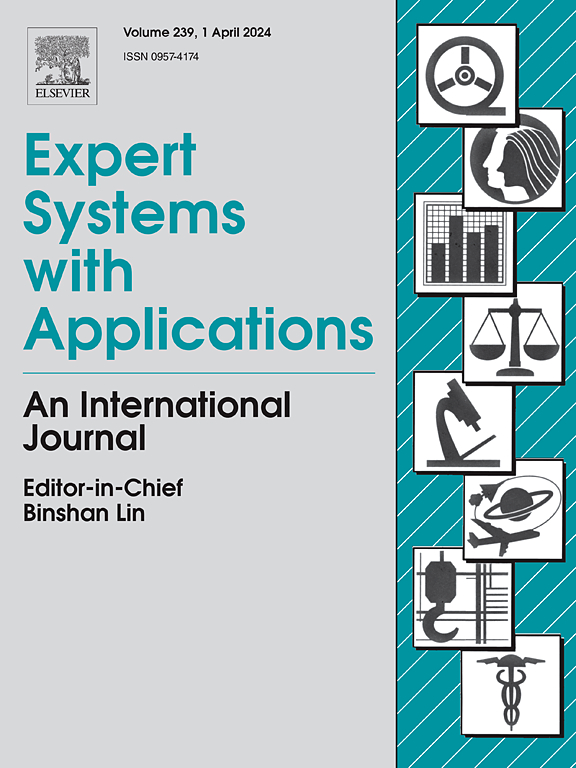在工业5.0框架内优化血液供应链的数据驱动方法:随机优化模型
IF 7.5
1区 计算机科学
Q1 COMPUTER SCIENCE, ARTIFICIAL INTELLIGENCE
引用次数: 0
摘要
技术进步、环境问题和COVID-19促使人们关注工业5.0 (I5.0)。然而,目前还没有使用I5.0支柱对血液供应链网络设计(BSCND)问题进行研究。为了弥补这一差距,本工作开发了一个基于I5.0维度的多目标模型来组织可行的血液供应链(VBSC)。可行性概念是我们模型的核心,包括三个关键方面:敏捷性、弹性和可持续性。这是一个开创性的举措,该模型结合了增强现实(AR)和物联网(IoT)系统等技术。自回归综合移动平均(ARIMA)模型预测客户需求以增加该链的弹性。此外,采用随机方法来确定训练有素的工人的最大数量,这是所提出模型的关键输入。然后利用机会约束规划(CCP)将该随机模型转化为确定性形式,并通过增广epsilon约束(AEC)方法进行高效求解。在Mazandaran进行的案例研究验证了该模型的可行性和有效性,强调了敏感性分析和管理洞察力的重要性。该研究的值得注意的成果包括通过工人培训计划减少医疗事故,以及通过在供应链网络中集成物联网和增强现实系统减少过期血液和总成本。本文章由计算机程序翻译,如有差异,请以英文原文为准。
A data-driven approach to optimize a blood supply chain within the Industry 5.0 framework: A stochastic optimization model
The advancement of technology, environmental concerns, and COVID-19 has driven attention toward Industry 5.0 (I5.0). However, there has been no research on blood supply chain network design (BSCND) issue using the I5.0 pillars. To cover this gap, this work develops a multi-objective model to organize a viable blood supply chain (VBSC) based on I5.0 dimensions. The concept of viability is central to our model, encompassing three crucial aspects: agility, resilience, and sustainability. In a pioneering move, this model incorporates technologies, such as Augmented Reality (AR) and Internet of Things (IoT) systems. The autoregressive integrated moving average (ARIMA) model predicts customer demand to increase resilience in this chain. Additionally, a stochastic approach is adopted to determine the maximum number of trained workers, a key input for the proposed model. This stochastic model is then transformed into a deterministic form using Chance-Constraint Programming (CCP) and solved efficiently through the Augmented Epsilon-Constraint (AEC) method. A case study conducted in Mazandaran validates the feasibility and effectiveness of the model, emphasizing the significance of sensitivity analysis and managerial insights. Noteworthy outcomes of the study include the reduction of medical errors through worker training initiatives, as well as the mitigation of expired blood and total costs through the integration of IoT and AR systems within the supply chain network.
求助全文
通过发布文献求助,成功后即可免费获取论文全文。
去求助
来源期刊

Expert Systems with Applications
工程技术-工程:电子与电气
CiteScore
13.80
自引率
10.60%
发文量
2045
审稿时长
8.7 months
期刊介绍:
Expert Systems With Applications is an international journal dedicated to the exchange of information on expert and intelligent systems used globally in industry, government, and universities. The journal emphasizes original papers covering the design, development, testing, implementation, and management of these systems, offering practical guidelines. It spans various sectors such as finance, engineering, marketing, law, project management, information management, medicine, and more. The journal also welcomes papers on multi-agent systems, knowledge management, neural networks, knowledge discovery, data mining, and other related areas, excluding applications to military/defense systems.
 求助内容:
求助内容: 应助结果提醒方式:
应助结果提醒方式:


